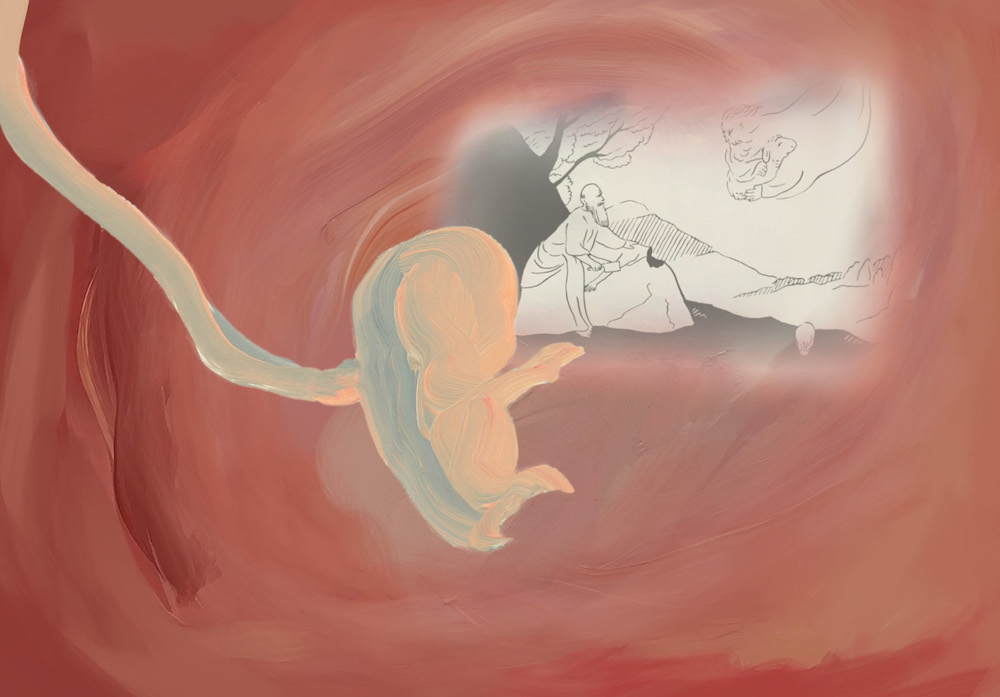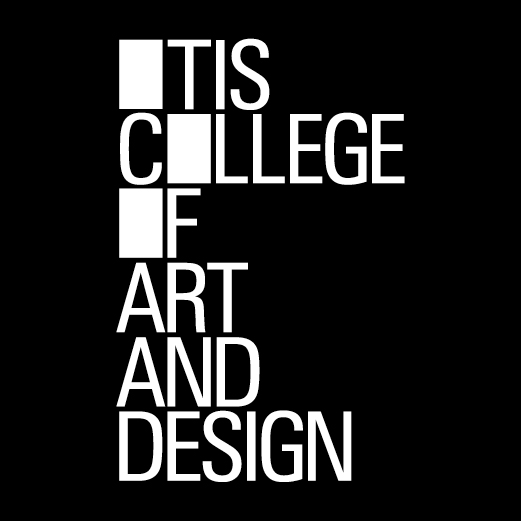Have you ever howled at the moon? Stood up to your demons and screamed until your lungs ached? I have once. It was in the wee hours of the morning in Thailand. It was a pivotal moment in my story, and to scream without judgment was where I found solace, but that is a tale for another day.
Darkness exists both in this world and in the shadowy corners of our consciousness. How do we deal with that? Some confront our demons more naturally while others keep them under lock and key. This darkness is where our inner voice is not censored or muted—where our most extreme visions are exposed without judgment or humility. There is an old saying about strength and secrets: Strength doesn’t come from having ones secrets protected but rather from exposing them.
Enter Iran-born artist Tala Madani, who for decades has explored the visual space that would make others cringe. In the South-Park methodology, strong subject matter is dealt with in a backhanded and seemingly juvenile way. Madani saunters through the shadows with a childlike grace of style and sensibility, because in the end who doesn’t love a good scat joke?

Still of The Womb, 2019, single-channel color animation, 3 min. 26 sec. Courtesy of David Kordansky Gallery.
Madani’s paintings—some of which provide the foundation for her animations—exist in large format, and as we talk about technology and the crossover into art, she jokingly says that her interface with technology typically exists at the most basic level, “taping a longer stick to a paintbrush so it can be extended, knowing when to switch from a paintbrush to a mop.” While there is a subtle layer of both humor and truth to her statement, I would argue that the veins of digital manipulation run more deeply as one explores her prolific body of work.
Madani’s animations are a testament to that depth—you lean into what you have and toss aside the rest. There is something viscerally exciting that happens in her animations, essentially stop-motion activations of her paintings that simply cannot be reproduced in a magic computer box. The fact that it can take 2000 paintings to make a two-minute video opens a portal in which her paintings step through, as if from the plot of B-grade horror movie. Painterly movements are accentuated, viewing angles change, and even if slightly—characters develop.
For example, in her early animation Hospital (2009), a male figure lies in a bed covered in bedding, with only his head revealed. Another figure enters the room, stands beside the bed, then walks out. Soon a diaper-clad baby crawls (in a beautifully creepy way that stop-animation allows) in from the adjacent patient’s room, separated by a curtain. The baby pulls its way up onto the bed and makes a thumping motion on the man’s chest that is suggestive of a worshipful gesture. The scene quickly changes from playful to dark as the baby’s hands, the entire bed and man’s head gradually transform to a blood-red pigment. The baby then crawls off of the bed and exits the scene, the video ending.
The rough flip-book style animation draws one in as it plays off the painting, and, inversely, the paintings play off the animations. As in much of Madani’s work, light and shadows are paramount to the visual scene—her digital connection provides the illumination to reveal all the perverse secrets hiding in the darkness.




















0 Comments